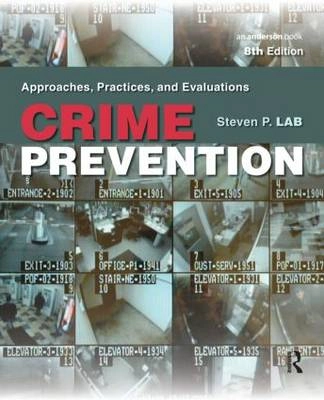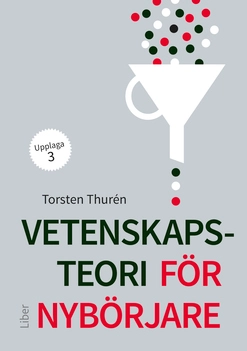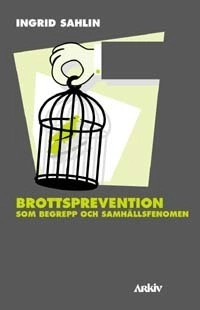

Crime prevention : approaches, practices, and evaluationsUpplaga 8
- Upplaga: 8e upplagan
- Utgiven: 2013
- ISBN: 9781455731374
- Sidor: 436 st
- Förlag: Anderson
- Format: Häftad
- Språk: Engelska
Om boken
Åtkomstkoder och digitalt tilläggsmaterial garanteras inte med begagnade böcker
Mer om Crime prevention : approaches, practices, and evaluations (2013)
2013 släpptes boken Crime prevention : approaches, practices, and evaluations skriven av Steven P. Lab. Det är den 8e upplagan av kursboken. Den är skriven på engelska och består av 436 sidor. Förlaget bakom boken är Anderson.
Köp boken Crime prevention : approaches, practices, and evaluations på Studentapan och spara pengar.
Finns i 15 upplagor
Tillhör kategorierna
Referera till Crime prevention : approaches, practices, and evaluations (Upplaga 8)
Harvard
Oxford
APA
Vancouver



















